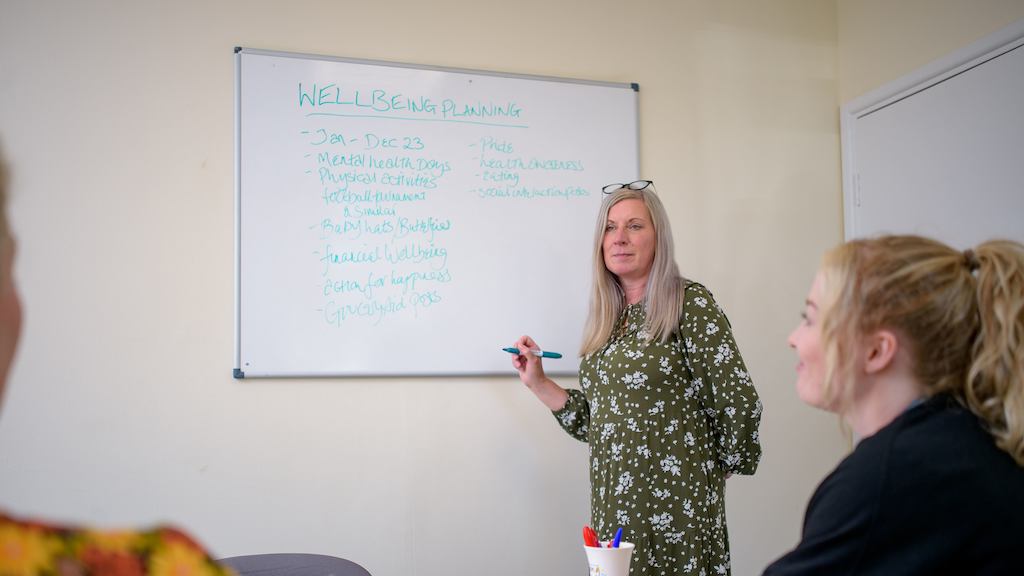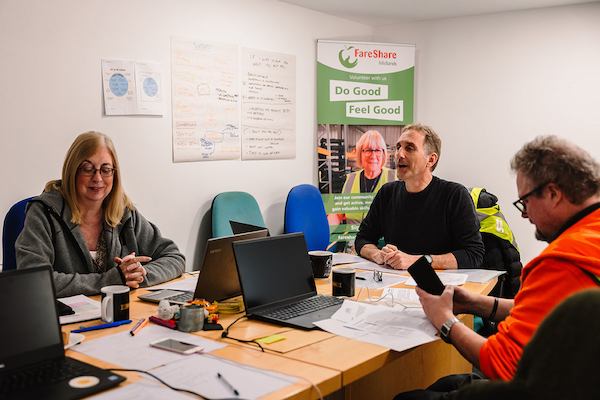Our work in the West Midlands exploring different types of support showed that good quality, tailored, person-centred coaching can help jobseekers ‘feel seen’ after the shock of redundancy. Coaching gives people space to take stock and surface aspirations. It’s even better when it is delivered by a peer of similar age or experience, someone that participants can relate to.
Despite work coaching being a commonly offered service, the quality and efficacy is variable, due to pressures on staff, time and resources.
Motivating, person-centred coaching and industry-specific advice has great outcomes, in contrast to coaching that focuses more on monitoring or diagnostic approaches which can make jobseekers feel like they’re on a ‘conveyor belt’ and that coaches are just box-ticking, even if this isn’t the case.
The Centre for Ageing Better is supported by Barclays Lifeskills, to improve redundancy services for people aged 50+.
We’ll be sharing more details about the project in the coming weeks. You can sign up to our newsletter and follow us on twitter for more information.


